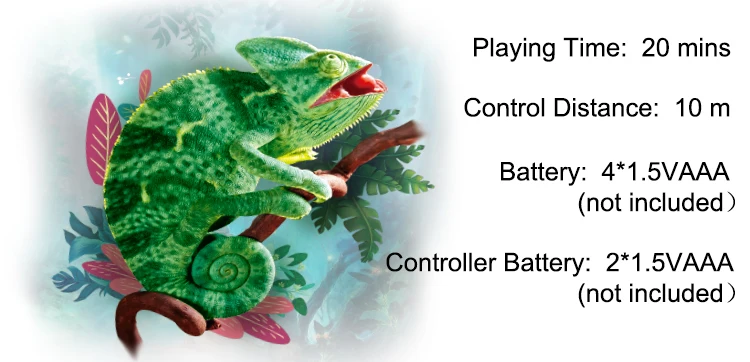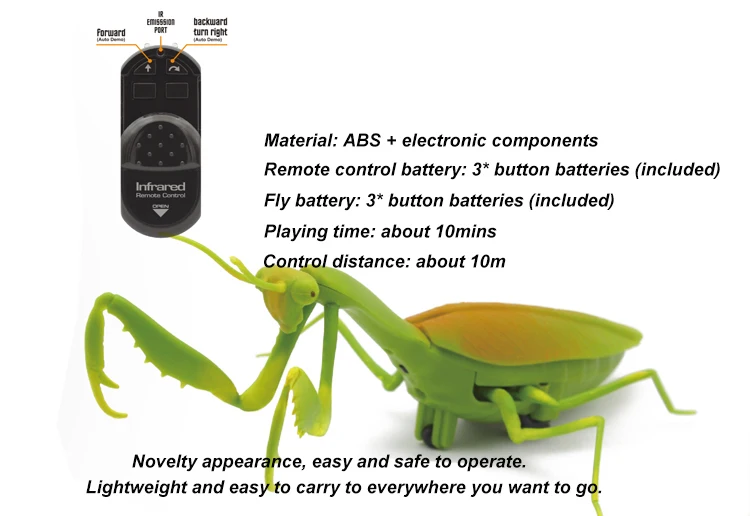Pet Ant - The Ultimate Guide to Raising and Caring for Your Miniature Insect Companion
Guide or Summary:IntroductionUnderstanding Your Miniature Insect CompanionSelecting the Right Ant Species for Your PetCreating the Perfect Habitat for Your……
Guide or Summary:
- Introduction
- Understanding Your Miniature Insect Companion
- Selecting the Right Ant Species for Your Pet
- Creating the Perfect Habitat for Your Pet Ant
- Feeding Your Pet Ant
- Health and Hygiene
Introduction
In the realm of pets, the concept of keeping miniature insects as companions has gained popularity, especially with the advent of unique and unusual animal companionship. Among these, the pet ant stands out as an intriguing choice for those seeking a distinct and educational experience. This guide delves into the intricacies of raising and caring for your miniature insect companion, offering insights into their behavior, habitat requirements, and the essential tools needed for their well-being.
Understanding Your Miniature Insect Companion
Before diving into the care and maintenance of your pet ant, it's crucial to understand the unique characteristics and needs of these tiny creatures. Pet ants, primarily belonging to the formicidae family, are social insects known for their complex social structures and cooperative behaviors. They are highly efficient in their roles, from foraging to colony defense, showcasing a level of organization that is both fascinating and educational.
Selecting the Right Ant Species for Your Pet
Not all ant species are suitable for pet care. When selecting a pet ant, consider the following factors:
1. **Size and Behavior:** Smaller ant species, such as the Argentine ant or the pavement ant, are generally more manageable and require less space. These ants exhibit less aggressive behavior, making them ideal for beginners.
2. **Diet:** Different ant species have varying dietary requirements. Some ants prefer a diet rich in protein, while others thrive on a diet high in carbohydrates. Research the specific dietary needs of the ant species you choose to ensure their health and happiness.
3. **Temperature and Humidity:** Ants have specific temperature and humidity preferences. Some species thrive in warmer climates, while others prefer cooler environments. Ensure your living conditions meet the specific requirements of your chosen ant species.

Creating the Perfect Habitat for Your Pet Ant
Providing a suitable habitat is essential for the well-being of your pet ant. Here are some tips for creating an optimal environment:
1. **Enclosure Design:** Use transparent containers such as glass jars or terrariums to observe your ant colony. Ensure the enclosure has proper ventilation and a secure lid to prevent escape.
2. **Substrate and Nesting Material:** Use fine sand or soil mixed with a small amount of water to create a substrate. Add materials like coconut fiber or wood shavings for nesting purposes.
3. **Temperature and Humidity Control:** Maintain a consistent temperature range of 70-80°F (21-27°C) and a humidity level of 30-70%. Use a thermometer and hygrometer to monitor these conditions.
4. **Lighting:** Provide a 12-hour light cycle to mimic natural conditions. Avoid direct sunlight and use a heat lamp if necessary to maintain the desired temperature.
Feeding Your Pet Ant
Feeding your pet ant is crucial for their health and vitality. Here are some tips for providing a balanced diet:

1. **Protein Sources:** Offer protein-rich foods such as crickets, mealworms, or small pieces of cooked chicken or beef.
2. **Carbohydrates:** Provide carbohydrates through fruits like apples or bananas, and vegetables such as spinach or cucumber.
3. **Water:** Always have access to fresh water. Consider using a shallow dish or a water-soaked sponge to keep the colony hydrated.
4. **Diet Variety:** Rotate your ant's diet to ensure they receive a balanced mix of nutrients.
Health and Hygiene
Maintaining your pet ant's health and hygiene is essential for their well-being. Here are some tips:
1. **Regular Cleaning:** Clean the enclosure regularly to prevent the buildup of waste and mold. Replace the substrate and nesting material as needed.

2. **Monitor Health:** Keep an eye on your ant's behavior and appearance. Look for signs of illness, such as lethargy or discoloration.
3. **Quarantine New Ants:** If you introduce new ants to your colony, quarantine them separately for a few weeks to ensure they are healthy before integrating them into the main colony.
Raising and caring for a pet ant can be a rewarding experience, offering insights into the fascinating world of insects and their social behaviors. By understanding the unique needs of your miniature insect companion and providing them with a suitable habitat, balanced diet, and proper care, you can ensure a thriving and enjoyable relationship with your pet ant. Remember, each ant species has its own set of requirements, so research and preparation are key to a successful pet ant experience.